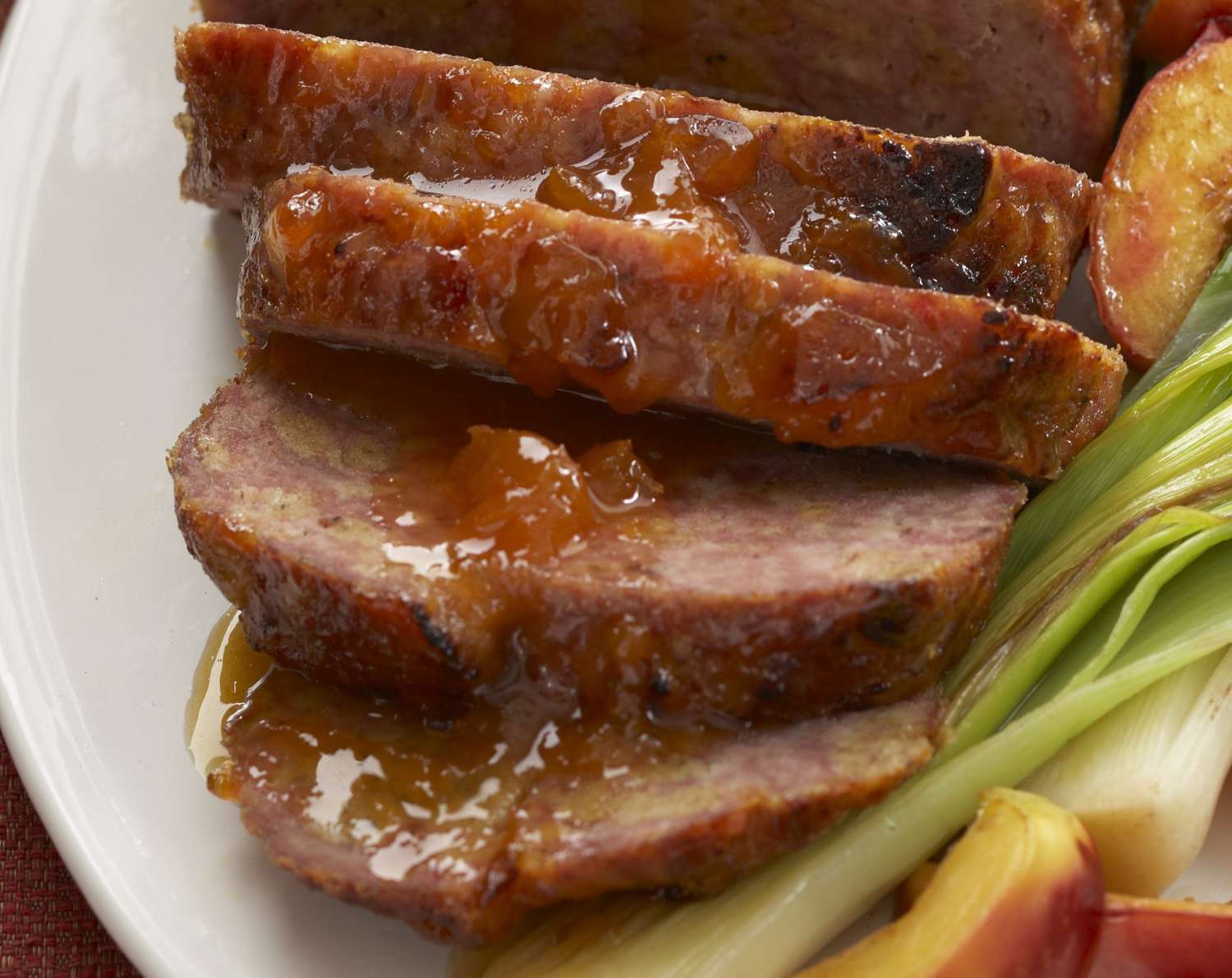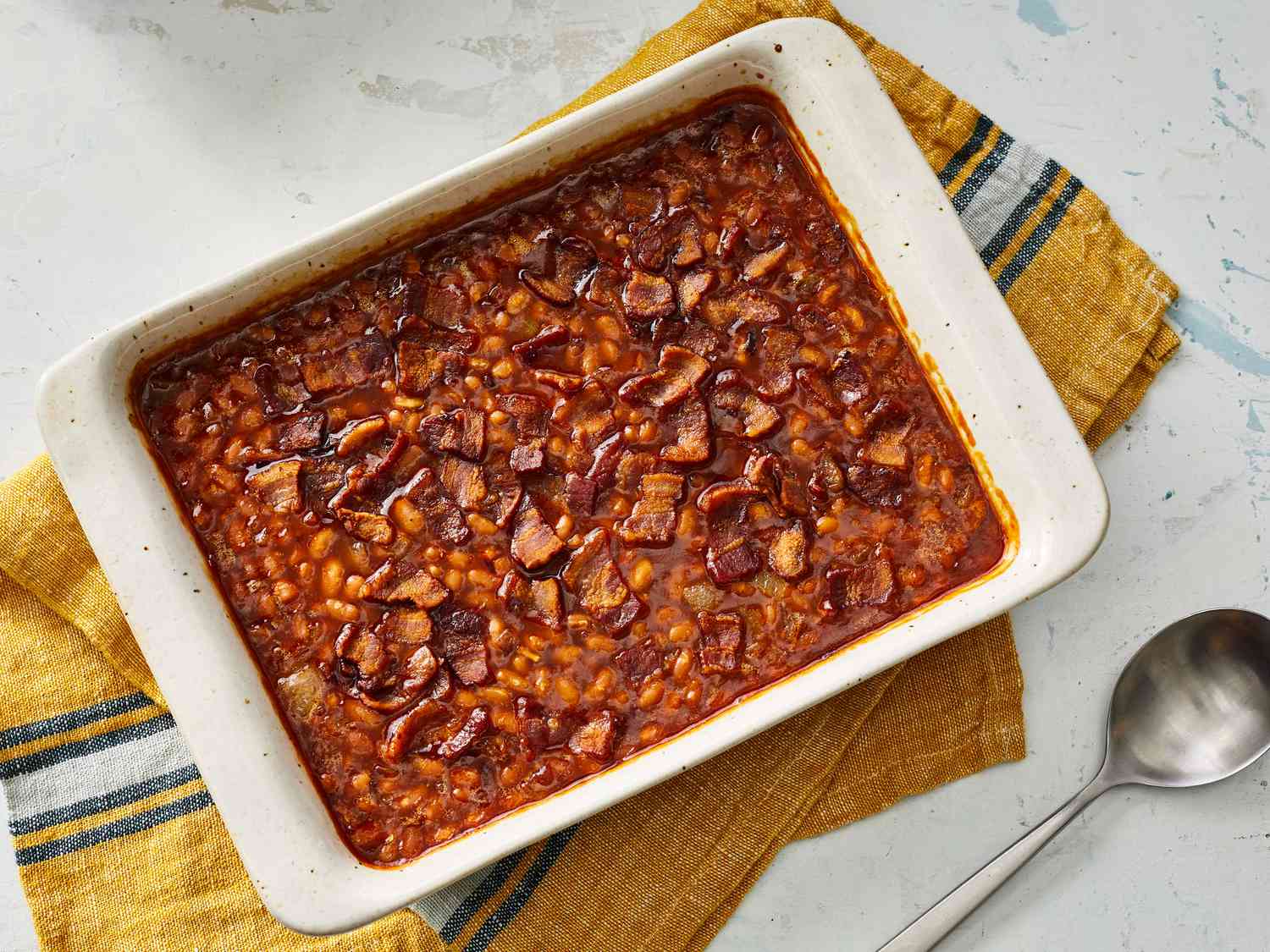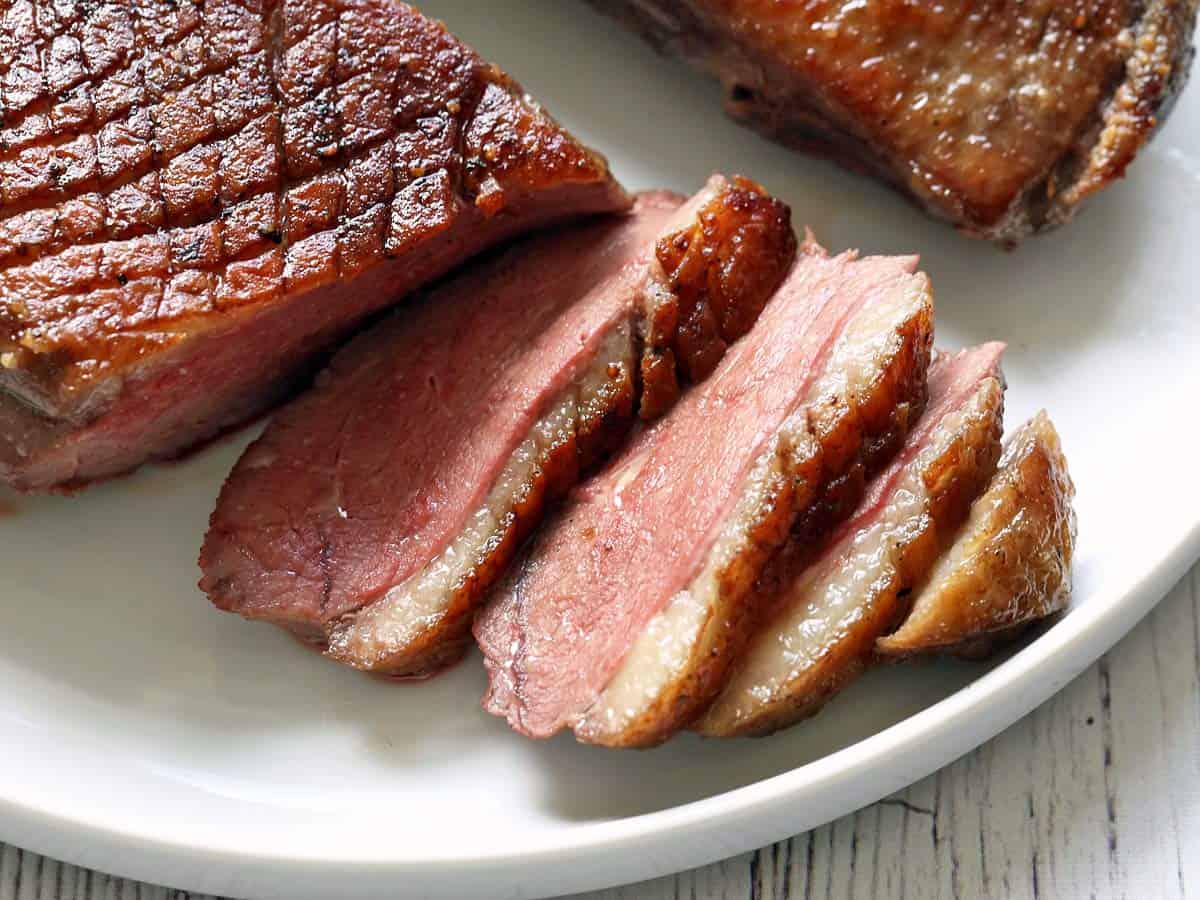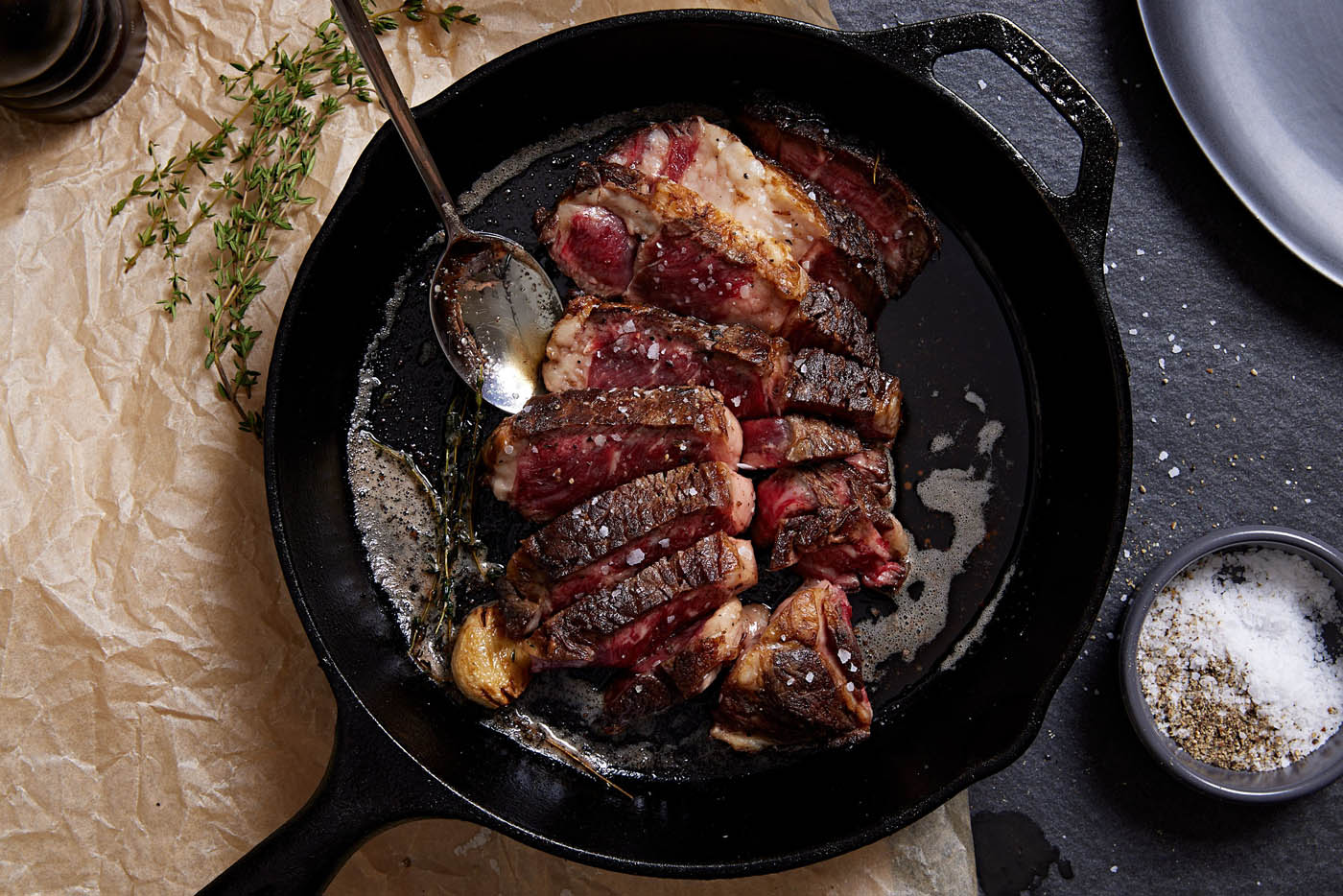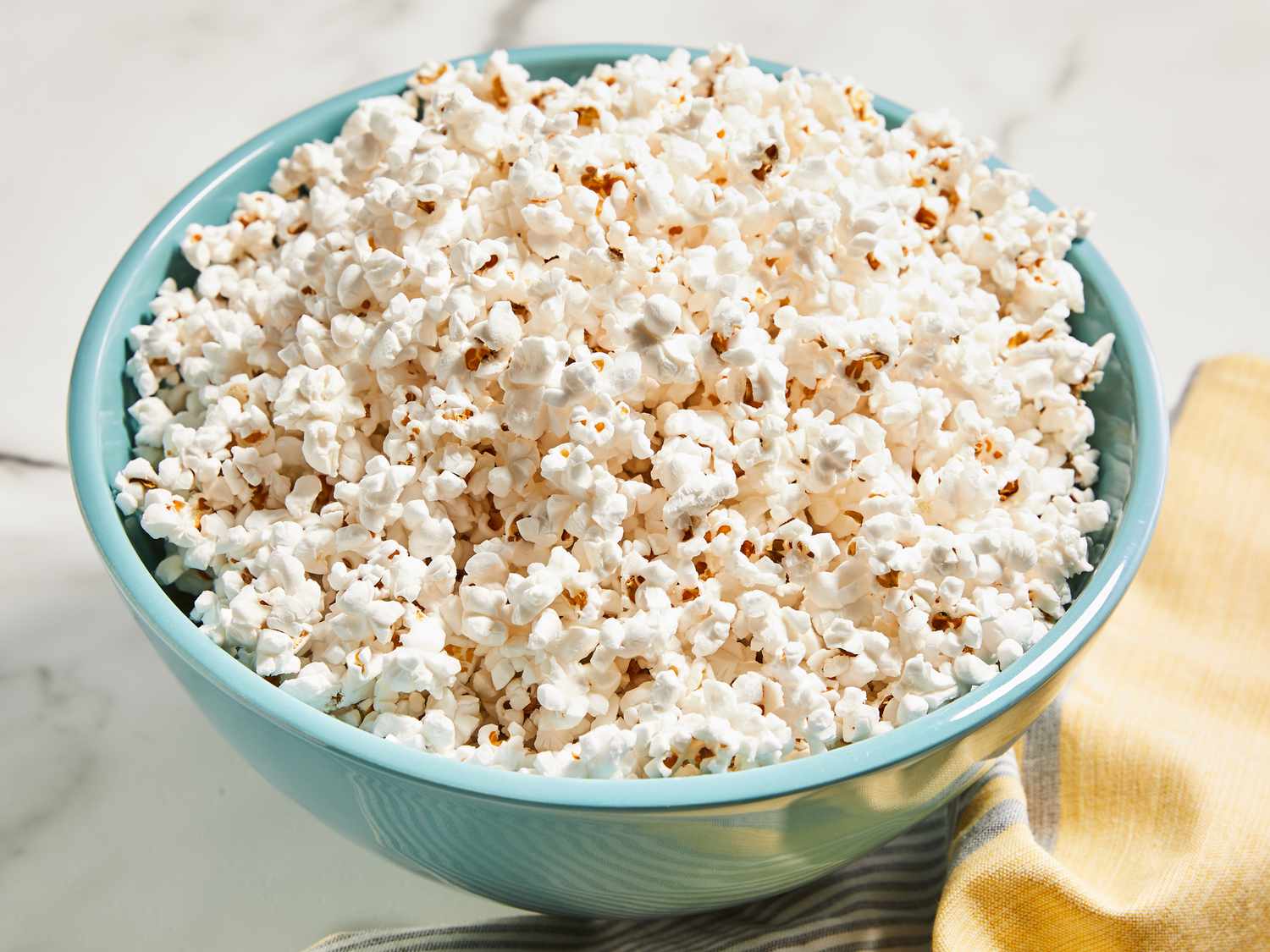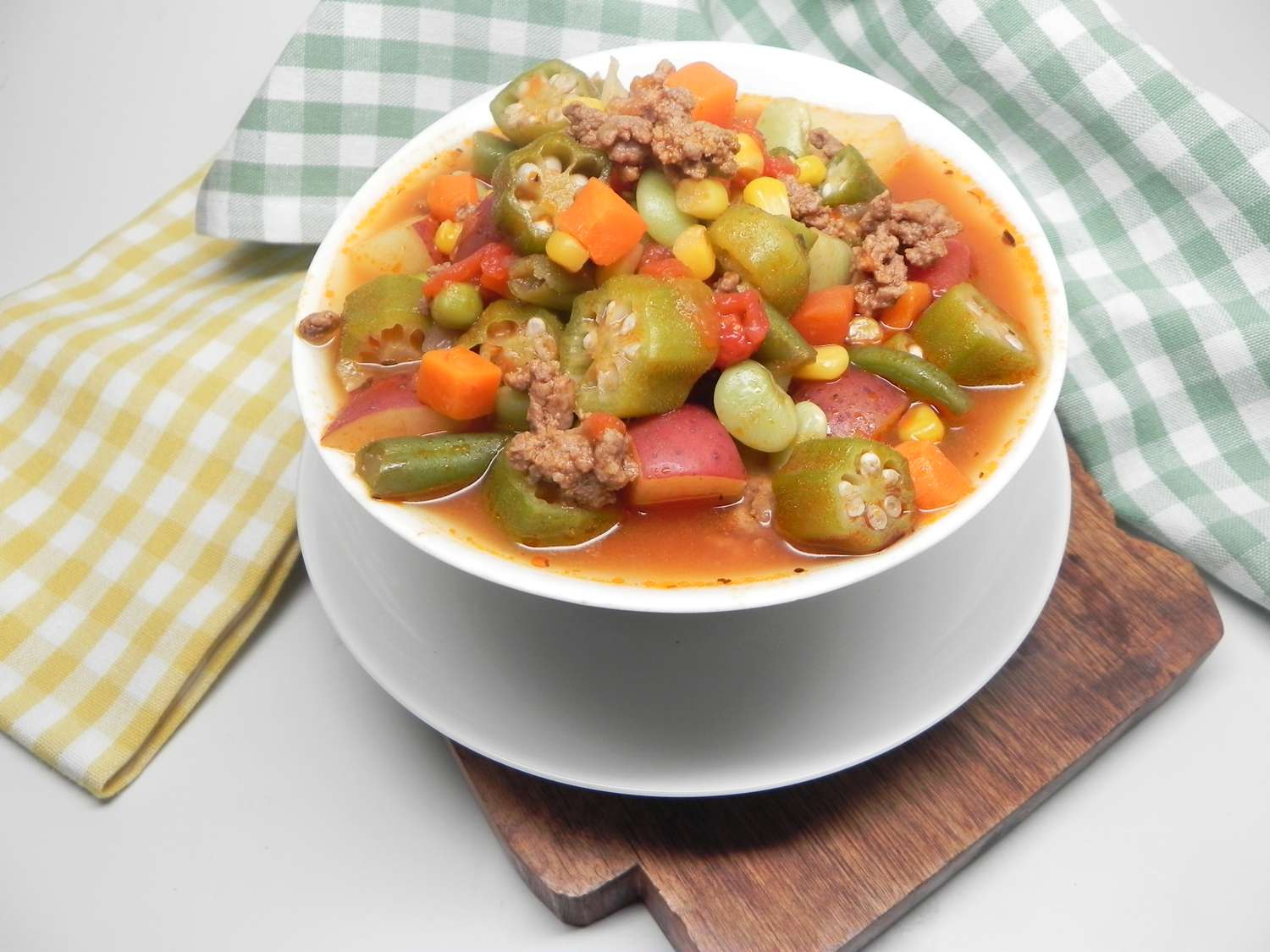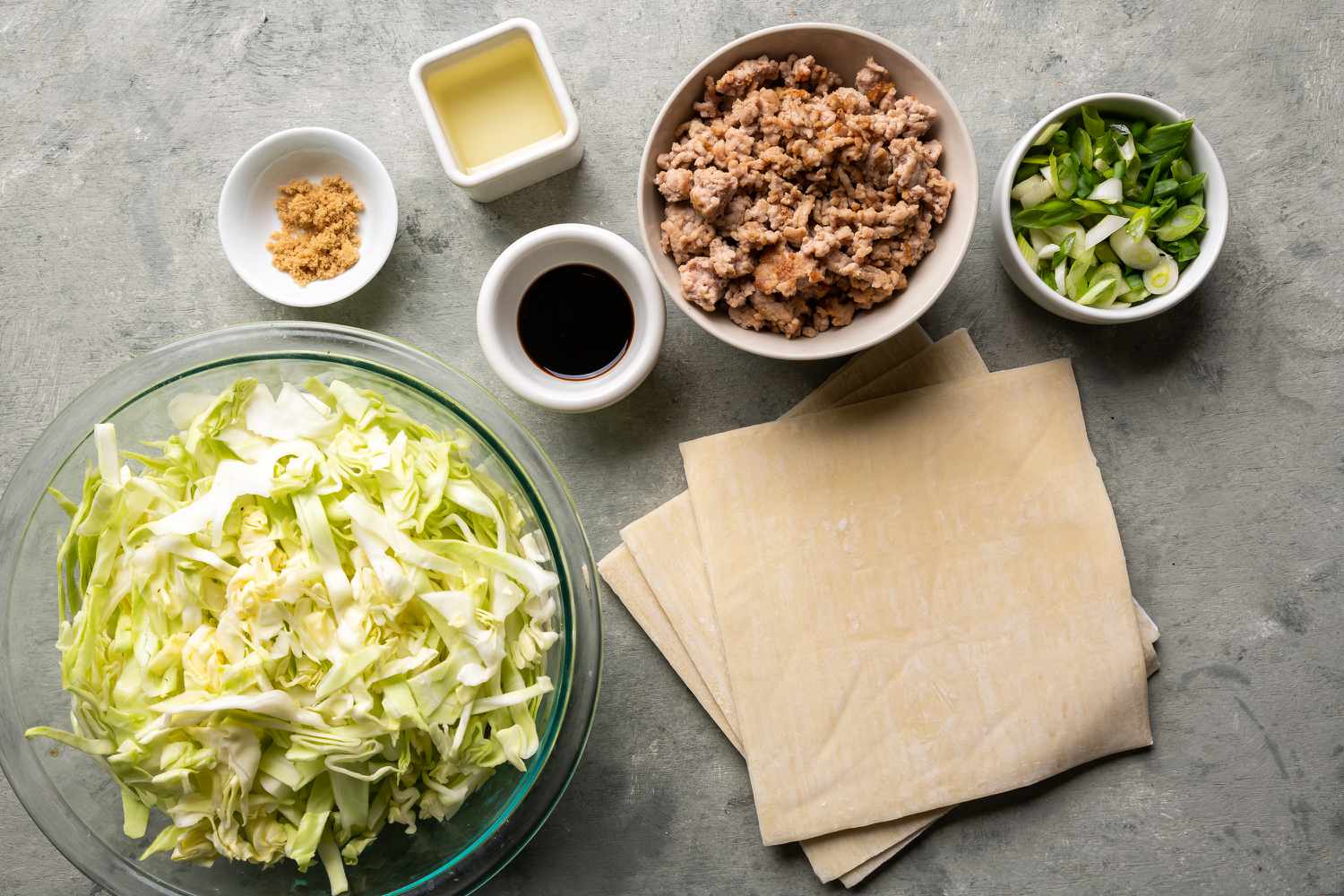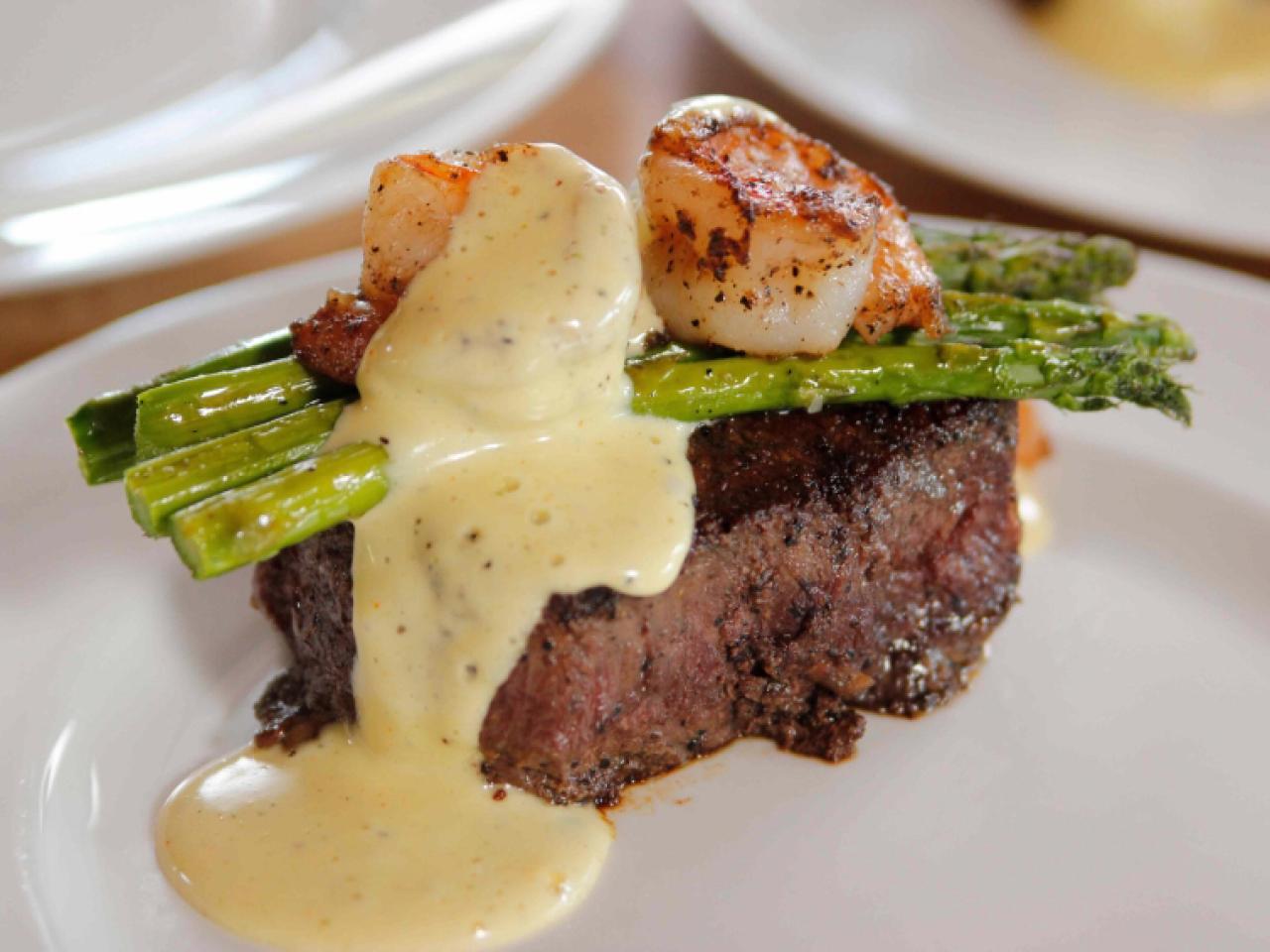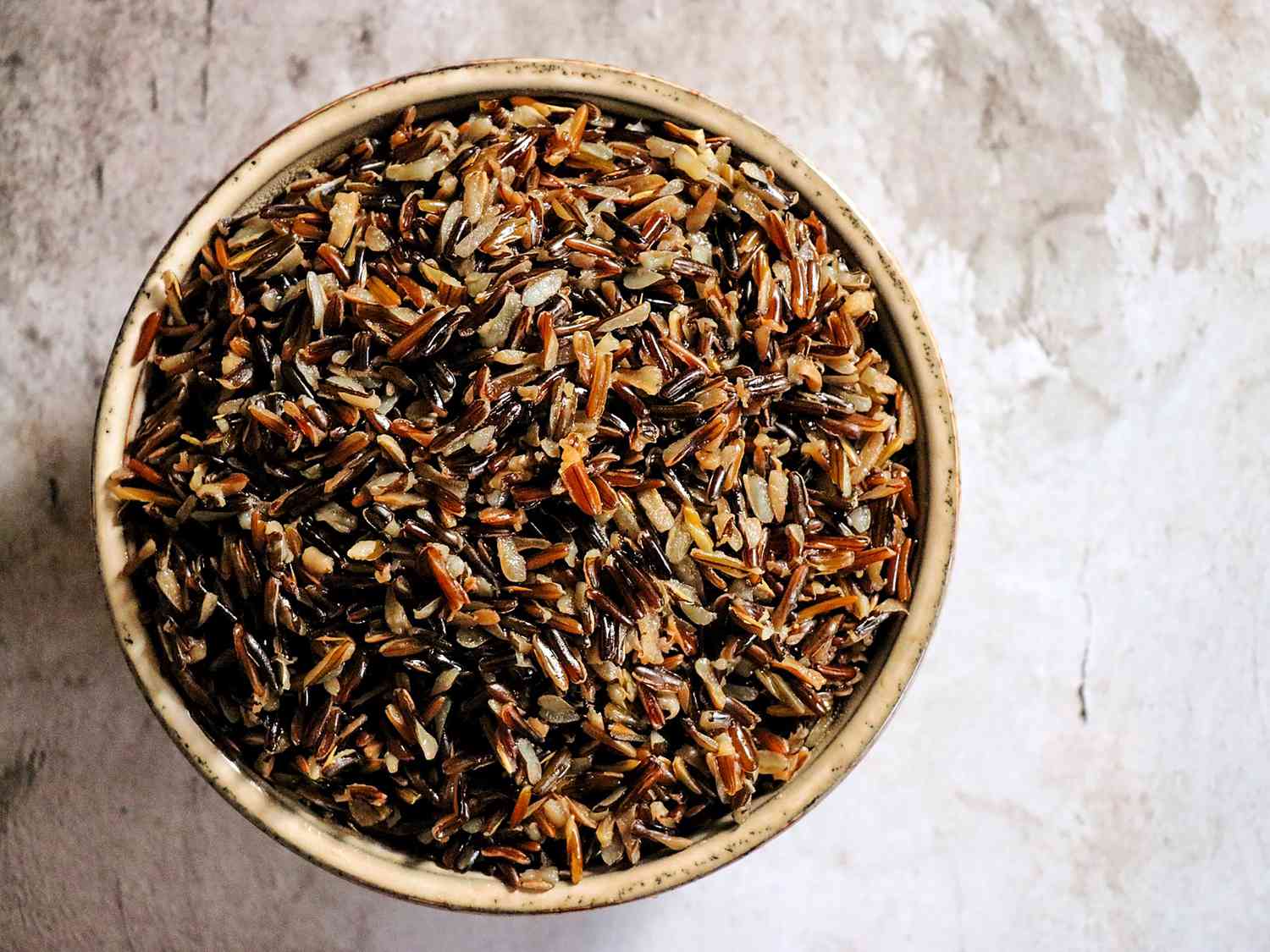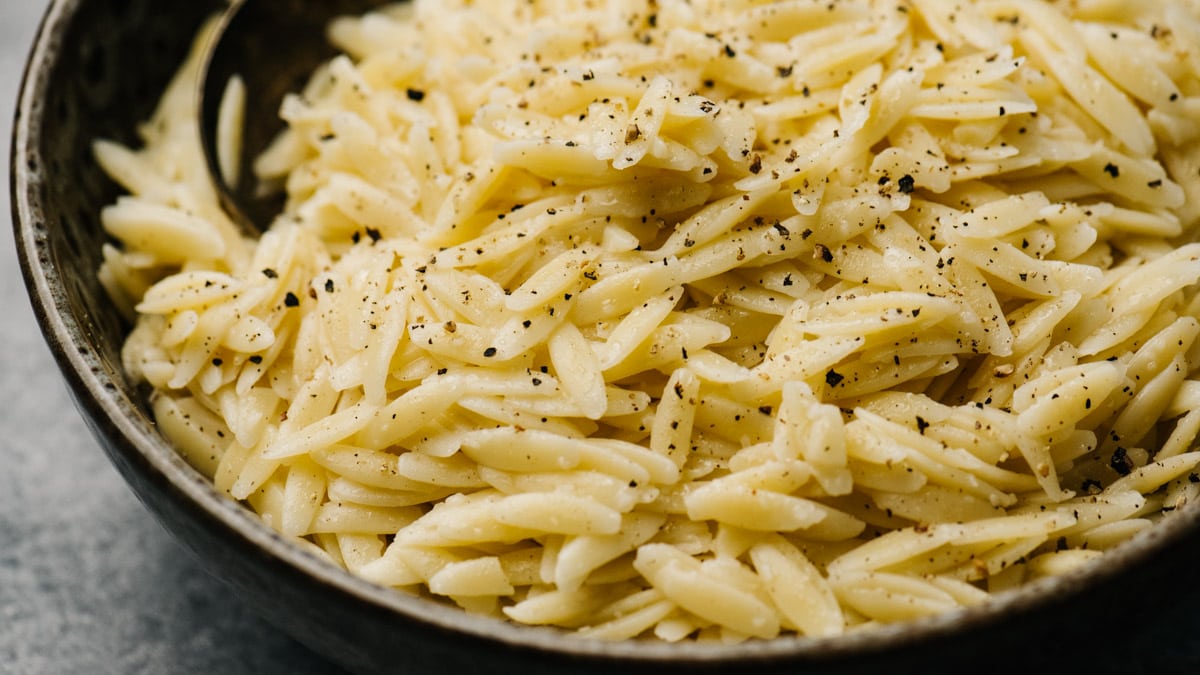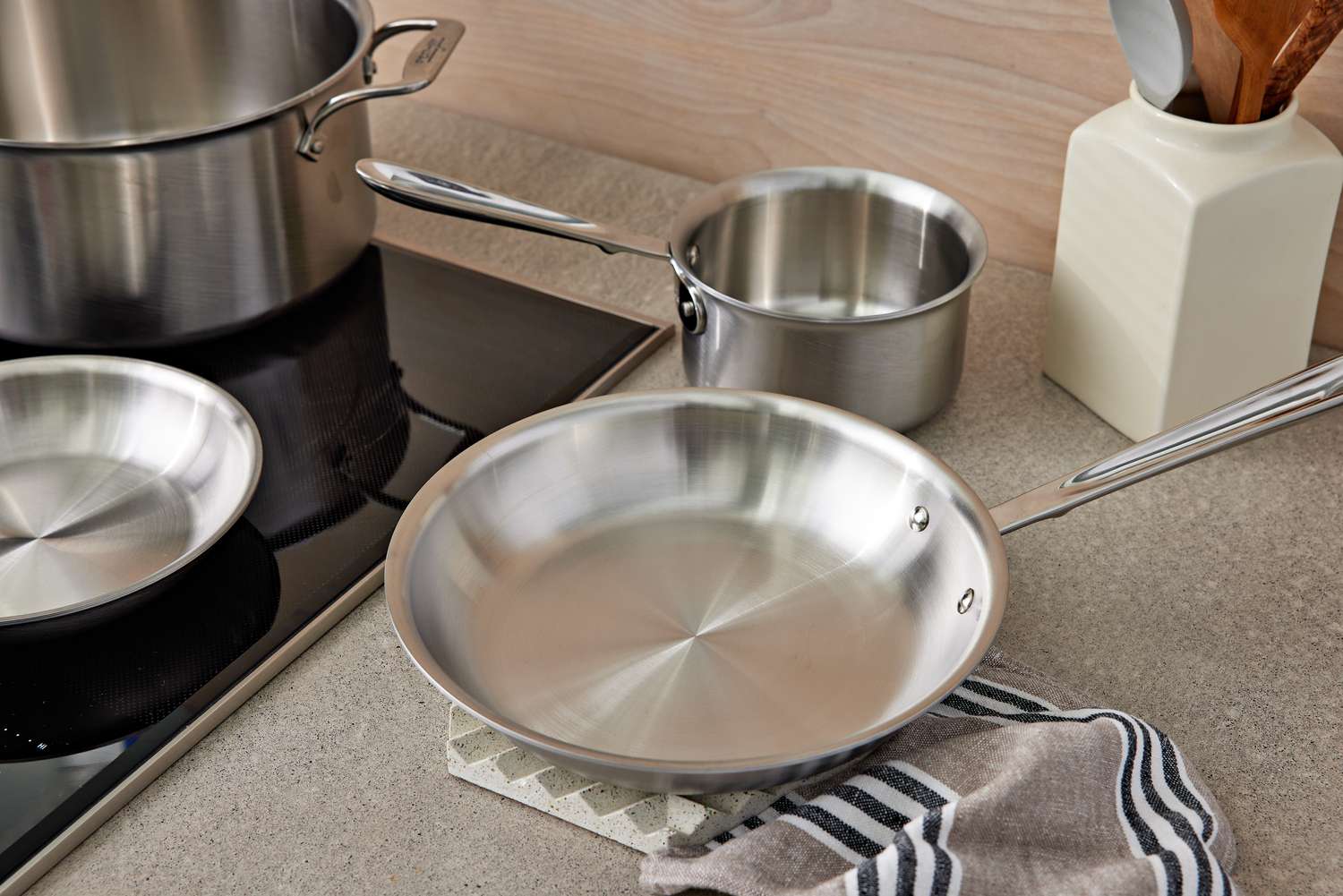Discover the Delightful Art of Cooking Alaskan Sockeye Salmon
Alaskan Sockeye Salmon is a true culinary gem that offers a delicious and healthy dining experience. Known for its vibrant red color, rich flavor, and firm texture, this prized fish is a favorite among seafood lovers. If you’re eager to learn how to cook Alaskan Sockeye Salmon to perfection, we’ve got you covered!
Grilling: Unlocking the Charbroiled Delights
Grilling Alaskan Sockeye Salmon is a fantastic way to infuse it with a smoky, charred flavor that will leave your taste buds wanting more. Here’s a step-by-step guide to grilling this exquisite fish:
- Preheat your grill to medium-high heat.
- Season the salmon fillets with salt, pepper, and your choice of herbs or spices. The classic combination of freshly squeezed lemon, dill, and garlic works wonders.
- Place the seasoned salmon fillets on a well-greased grill grate, skin side down.
- Cook for approximately 4-6 minutes per side, depending on the thickness of the fillets. Avoid flipping the fish too often to prevent it from sticking or falling apart.
- Once the fish flakes easily with a fork and has reached an internal temperature of 145°F (63°C), it’s ready to be served.
Grilled Alaskan Sockeye Salmon pairs beautifully with a refreshing cucumber and tomato salad or some grilled asparagus. Remember to serve it hot off the grill for the ultimate dining experience.
Baking: A Foolproof Method for Moist and Flavorful Salmon
If you prefer a more gentle cooking method that yields tender and moist results, baking Alaskan Sockeye Salmon is the way to go. Follow these simple steps:
- Preheat your oven to 375°F (190°C).
- Line a baking dish with foil and lightly grease it to prevent sticking.
- Place the seasoned salmon fillets in the baking dish, skin side down.
- Bake for approximately 12-15 minutes, depending on the thickness of the fillets. To ensure even cooking, rotate the baking dish halfway through the cooking process.
- The salmon is done when it easily flakes with a fork and reaches an internal temperature of 145°F (63°C).
For an extra burst of flavor, consider adding a drizzle of maple glaze or a squeeze of fresh orange juice over the salmon before baking. Serve it alongside some roasted vegetables or a vibrant quinoa salad for a complete and nutritious meal.
Pan-Seared: Unleashing the Crispy Skin Delicacy
For those looking to savor the irresistible crispness of salmon skin, pan-searing Alaskan Sockeye Salmon is the perfect technique. Follow these steps for a crispy and golden skin:
- Heat a tablespoon of olive oil or butter in a skillet over medium-high heat.
- Season the salmon fillets with salt, pepper, and any desired herbs or spices.
- Place the fillets in the hot skillet, skin side down, pressing gently to ensure the entire skin surface makes contact with the pan.
- Cook for approximately 4-5 minutes, until the skin is crispy and golden. Flip the fillets and cook for another 2-3 minutes until the salmon is cooked through.
Serve the pan-seared Alaskan Sockeye Salmon with a refreshing salad or alongside some buttery mashed potatoes for a meal that will satisfy your cravings.
Experiment and Unleash Your Culinary Creativity
Now that you’ve learned the basic cooking techniques for Alaskan Sockeye Salmon, it’s time to get creative. Don’t be afraid to experiment with different seasonings, marinades, and side dishes to enhance the flavors and create a unique culinary experience each time you cook this exquisite fish.
Remember, Alaskan Sockeye Salmon is not only a delicious indulgence but also packed with heart-healthy omega-3 fatty acids and essential nutrients. So, fire up that grill, preheat the oven, or heat up your skillet, and embark on a culinary adventure with Alaskan Sockeye Salmon!
Was this page helpful?
Read Next: How To Cook A Moist Pork Loin
